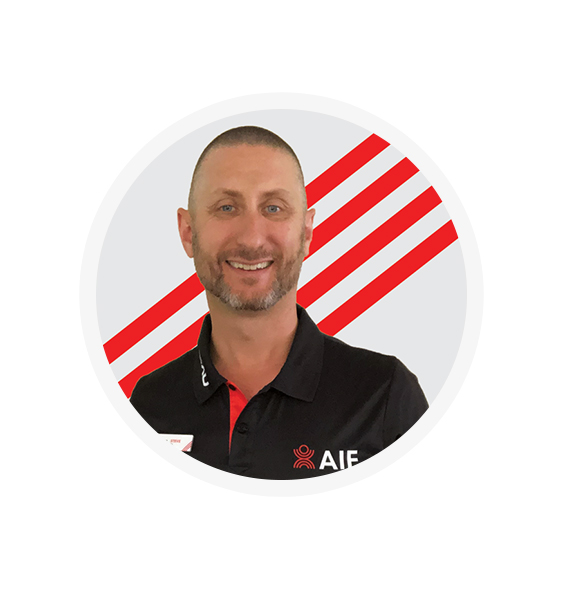AIF In The Media
- All Articles
- Consumer Press
- Elite Sports Partnerships
- Fitness Industry Podcast
- Network Magazine
- Trade Press

Three of the Biggest Fitness Myths and How to Get Over Them
The health and fitness world is full of myths. From misconceptions about weight training for women, to toxic messaging about food, the list of harmful theories attached to “wellness” is long. And while we’re not going to discuss all of them today, I would like to look at the idea of spot reduction as a start.
I chatted with Kate Kraschnefski, Head of Training at the Australian Institute of Fitness, over email and she pointed out that not only is spot reduction a major myth, so are some of the other common terms used alongside it.
Myth one: Spot reduction or targeted fat loss
As much as certain public figures and ‘weight loss products’ would like to have you believe you can shave down particular body parts with focused attention, it’s simply not possible.
Kate Kraschnefski explained that “Everyone has a unique constitution that predisposes them to storing fat more or less in particular parts of their body, but we can’t spot reduce areas as we lose fat evenly all over our bodies.”
If you begin introducing a training regime and good nutrition, you may “notice it in some areas over others and experience that feeling of ‘toning up,'” Kraschnefski shared. But you cannot tell your body where to drop fat first.
Myth two: You want to lose “weight”
Another murky area Kraschnefski brought to my attention was the broad use of the term “weight loss”. If you think about it, what does it even mean?
“…weight loss can be a range of things,” Kraschnefski shared.
“It can result from fat, muscle or water loss.”
Saying you want to lose weight suggests the key goal is a smaller figure on a scale, irrespective of what impacts that number. And muscle loss isn’t a good thing.
“When we have a goal of losing weight, it is important to try to maintain muscle mass.
“Muscle is metabolic tissue that has a range of important functions in the body, from movement through to hormone regulation,” Kraschnefski said.
A healthier way to look at your goals is by focusing on measured, stable fat loss. Your weight on a scale isn’t always directly related to this, and your body will be better off in the long run.
Myth three: “Toning up” muscles
“Toning up” is one of the most broadly-used terms in the fitness world. And while it alludes to fairly healthy habits (generally), Kraschnefski pointed out that it’s a complete myth.
She explained that the term toning refers to “when we increase the fitness of our muscles and reduce body fat”.
The truth of it is that you’re not becoming “toned”. A more accurate description would be seeing “a change in body composition due to training and nutrition,” Kraschnefski said.
And when it comes to targeting this body composition change, well… it’s not clear cut.
Sure, strength training can be used to build particular muscles, but in the end, the way your body responds is going to depend on your “natural predispositions”, she stressed.
This is a big part of why it’s important to do away with broadly held ideas of what “fit” bodies look like. Physical fitness displays in a multitude of different ways, all of which are valid.
“Think about the body types of a ballet dancer compared to a power lifter,” Kraschnefski shared.
“No style of training will ever get their bodies looking similar, and why would you want to? It is important we recognise that all bodies are beautiful and of worth.”
In the end, you may have aesthetic goals you’d like to achieve for your body and that’s okay. But it’s far more important to look after the machine (your bod) as a whole rather than just particular points.
As Kraschnefski put it:
“Our muscles work together as one system in the body to help us with movement and overall function, so working all groups of muscles ensures we have balance and are getting the most out of our workouts.”
And if the intention is increased physical health here, getting the most out of your workouts should be your main goal, no?
























